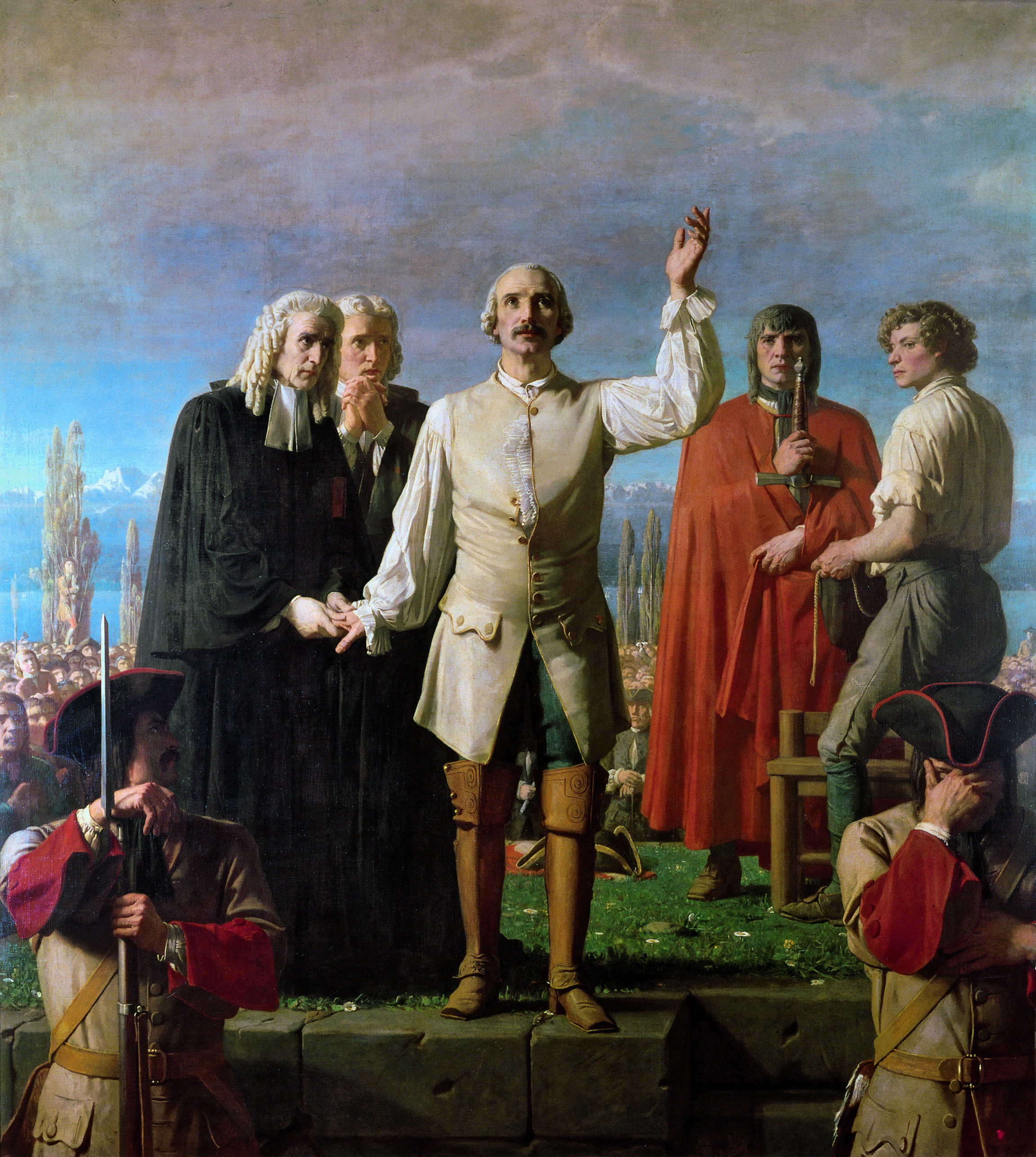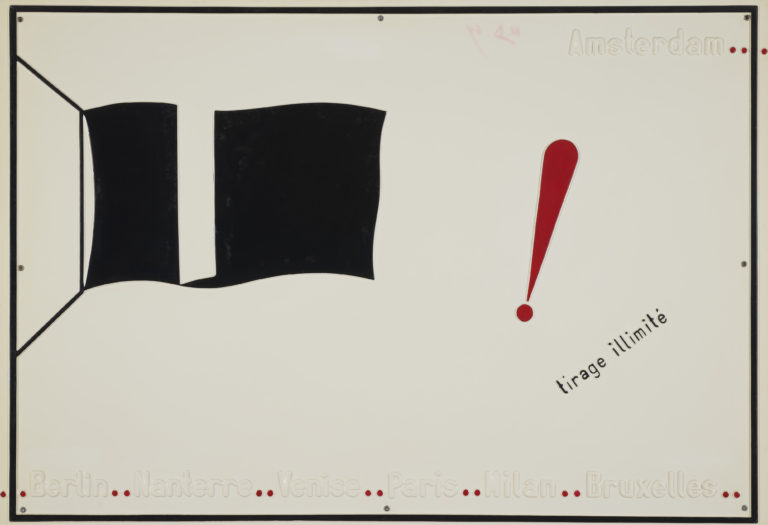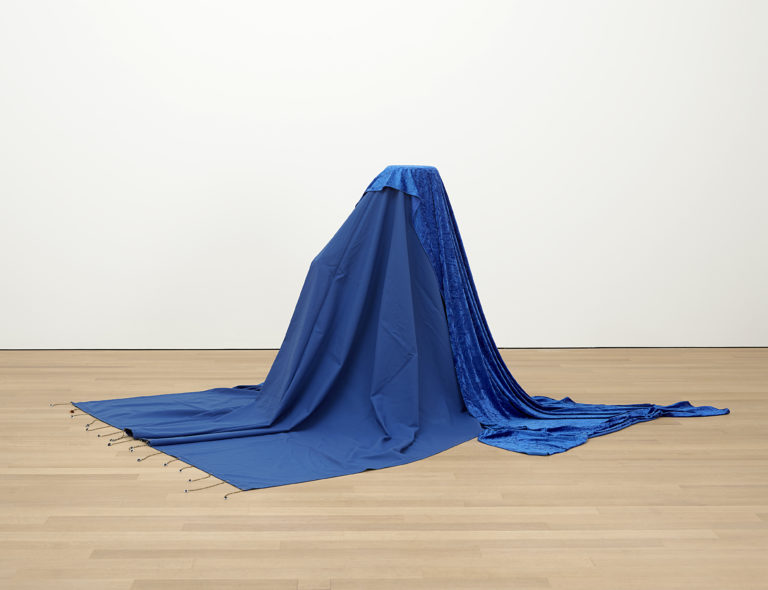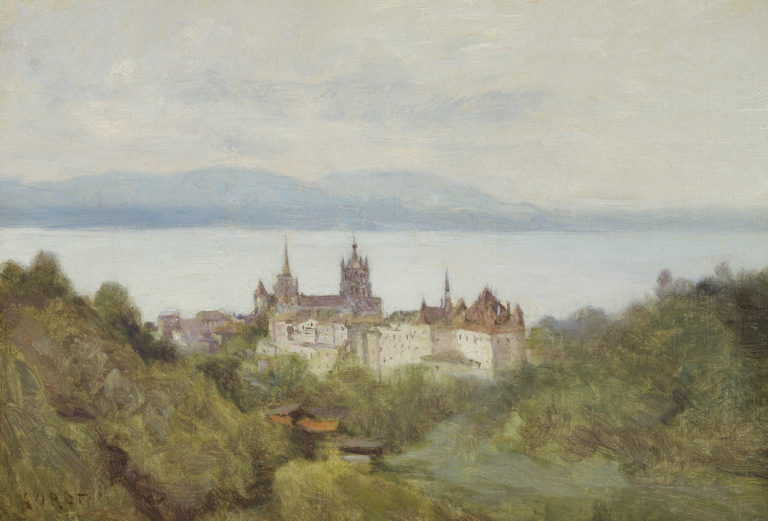Bibliography
Côme Fabre (ed.), Charles Gleyre. Le romantique repenti, exh. cat. Paris, Musée d’Orsay, Paris, Hazan, 2016: n. 137.
Franz Zelger, ‘Le Major Davel, une icône de la liberté,’ in Catherine Lepdor (ed.), Charles Gleyre. Le génie de l’invention, exh. cat. Lausanne, Musée cantonal des Beaux-Arts, Milan, 5 Continents Editions, 2006: 223-225.
William Hauptman, Charles Gleyre 1806-1874, Princeton/N.J., Princeton University Press et Zurich, Institut suisse pour l’étude de l’art, 1996, I. Life and Works: 165-190 and II. Catalogue raisonné: n. 545.




This work, the most monumental of all Charles Gleyre’s paintings, was commissioned at the behest of Marc-Louis Arlaud, who founded the Museum in 1841. He provided the funding and chose the subject, Major Jean-Daniel-Abraham Davel (1670-1723), the hero of the Vaud’s struggle for freedom from the yoke of Bern.
The artist chose to depict the major shortly before his execution. When Davel entered Lausanne with six hundred men to spark an uprising against the Bernese oppressors, he believed himself to be doing God’s work. The town representatives came to an agreement with the authorities, however, and the revolt failed. Davel was arrested, put on trial, and decapitated on April 24, 1723, on Vidy beach. His last words were a speech declaring he died for freedom gladly: his bold cry ‘this is the greatest day of my life’ has remained in the annals of Swiss history.
Gleyre carried out a great deal of research ahead of the painting, aided by the historian Juste Olivier. He tried out a lot of ideas in preparatory pencil sketches and paintings. He eventually settled on showing Davel on a raised patch of ground, flanked by two ministers and the executioner with his assistant. In the foreground are two soldiers, while in the background a crowd has gathered in front of the lake, frozen and mute with dread. Davel’s pose, one arm raised as he makes his speech, echoes the heroes of Antiquity. The figure is reminiscent of both Jacques-Louis David’s La Mort de Socrate (Death of Socrates, 1787, New York, Metropolitan Museum of Art) and Christ preaching.
The painting was completed in the autumn of 1850 and given a triumphant welcome in Lausanne, becoming an iconic example of Swiss history painting. It was destroyed by an arsonist in 1980: all that now survives is a fragment showing the soldier on the right hiding his face.